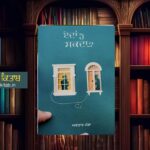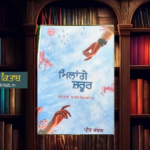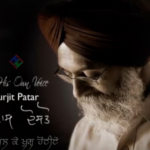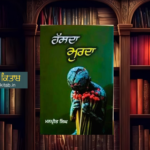Master Tegh Bahadur’s affliction represented in itself the protection from the oppression of Muslim standard for another general public. When evil is holding its head high, should a heavenly man knuckle under it or wage war to battle and annihilate it? The youthful Guru, Gobind Rai, ruled for the last course for example to battle evil and maintain uprightness. He along these lines ordered upon his devotees to utilize the blade if any remaining methods neglected to sell the devilish and his fiendishness. To accomplish this mission, he gave ‘Hukamnamas’ (round letters of power) to his adherents to present to him arms of various plans. The Guru’s orders were complied with incredible energy and commitment. He, when all is said and done, wore uniform and carried weapons and incited others to rehearse arrow based weaponry and rifle firing. He empowered different muscle-creating and exhausting games as a component of the program of actual culture. Numerous adherents with military senses whose ancestors had served the Guru’s dad and his granddad, run to him. His chief mates around then were his auntie Bibi Viro’s (Guru Har Gobind’s little girl) five children, Sango Shah, Jit Mal, Gopal Chand, Ganga Ram, Mohri Chand; his uncle Suraj Mal’s two children Gulab Rai and Sham Das; his maternal uncle Kirpal Chand; Bhai Daya Ram, the companion from his childhood; and Bhai Nand Chand, a most loved masand.
The Guru educated his adherents to lead a good natured and trained life. He as per the traditions of his redecessors, used to rise promptly in the first part of the day and play out his dedications. He was especially pleased to tune in to Asa di Var. After sunrise, he gave divine guidelines to his Sikhs and afterward rehearsed military activities. In the early evening, he got his devotees, went shooting or dashed ponies; and finished the evening by playing out the heavenly assistance of ‘Rehras’.
The Guru’s attractive exte rior was tremendously respected both by people. An individual called Bhikhia from Lahore stayed with him. Seeing the attractive youthful Guru, Bhai Bhikhia offered the partnership of his girl Jito to him. The proposition was acknowledged and there were extraordinary celebrating at Anandpur on the event of the pledge service. The twenty-third of Har, Sambat 1734 (1677 A.D.) was fixed for the marriage. The Guru sent requests every which way for this event and the Sikhs crowded from different spots including Lahore. A spot was set up close to Anandpur, which was called Guru ki Lahore where the wedding function occurred.
VISIT OF DUNI CHAND AND RAJA RATTAN RAI:
Flooding hordes of individuals with their souls loaded up with affection and dedication to the Master, swarmed to see him.Some came from Kabul, Qandhar, Gazni, Balkh and Bukhara. They brought a few invaluable blessings floor coverings, rugs, wraps and different resources when they came to give proper respect to their Lord. Duni Chand, one of the aficionados, visited Anandpur in 1681 and introduced to the Guru a woolen tent, ‘Shamiana’ or a regal covering which outperformed in greatness. It was weaved in gold and silver studded with pearls. It is said that its quality outperformed that of the Emperor’s overhang.








